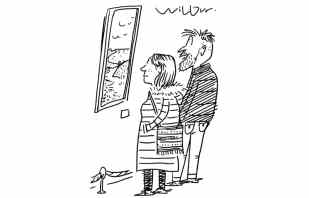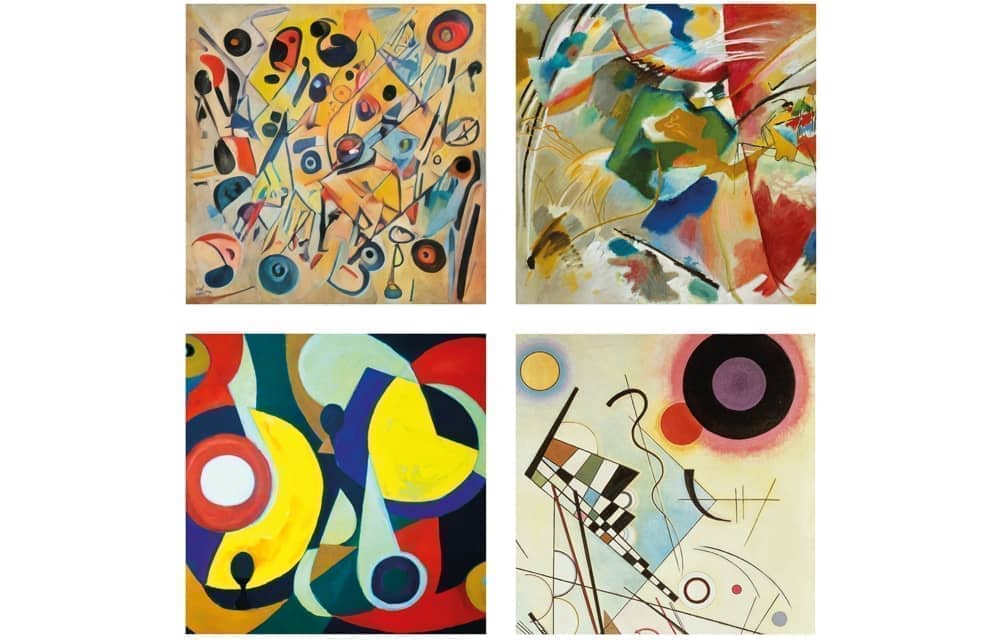Take a look at the four paintings on this page. If you are acquainted with modern art, you will probably assume, at a quick glance, that it shows four works by the Russian artist Wassily Kandinsky (1866-1944). However, whatever your knowledge of modern art, I suggest you look again, because not all of these works are by that great pioneer of abstract painting. More than one of them is an original image created by a computer model, which was asked to do a digital artwork in the style of Kandinsky.
Which are the fakes? I’ll give you the answer at the end of the article. Before we get there, you need to know how a computer can make such startlingly echoic images, and what it might mean for art.
This story begins with ‘GPT1’ (the initialism means ‘Generative Pre-trained Transformer’). Launched on the world in 2018, GPT1 was a computer model created by a company called OpenAI (part-funded by Elon Musk and closely associated with Microsoft). GPT1 was another stage in the attempt, by multiple scientists and software engineers worldwide, ‘to discover and enact the path to safe Artificial Intelligence’ (Open-AI’s description of its own goal).
With ‘117 million parameters’ – each one roughly equivalent to a synapse in the human brain, of which there are around a quadrillion (1,000 trillion) – GPT1 utilised a technique called Natural Language Processing. Essentially the computer was fed lots of near-random everyday information, like a goose being stuffed with corn, thereby hoping to produce the foie gras of Artificial General Intelligence. The experiment was deemed intriguing but not particularly successful, causing only a modest stir.

A year later, OpenAI tried again with GPT2, which was ten times bigger (1.5








Comments
Join the debate for just £1 a month
Be part of the conversation with other Spectator readers by getting your first three months for £3.
UNLOCK ACCESS Just £1 a monthAlready a subscriber? Log in